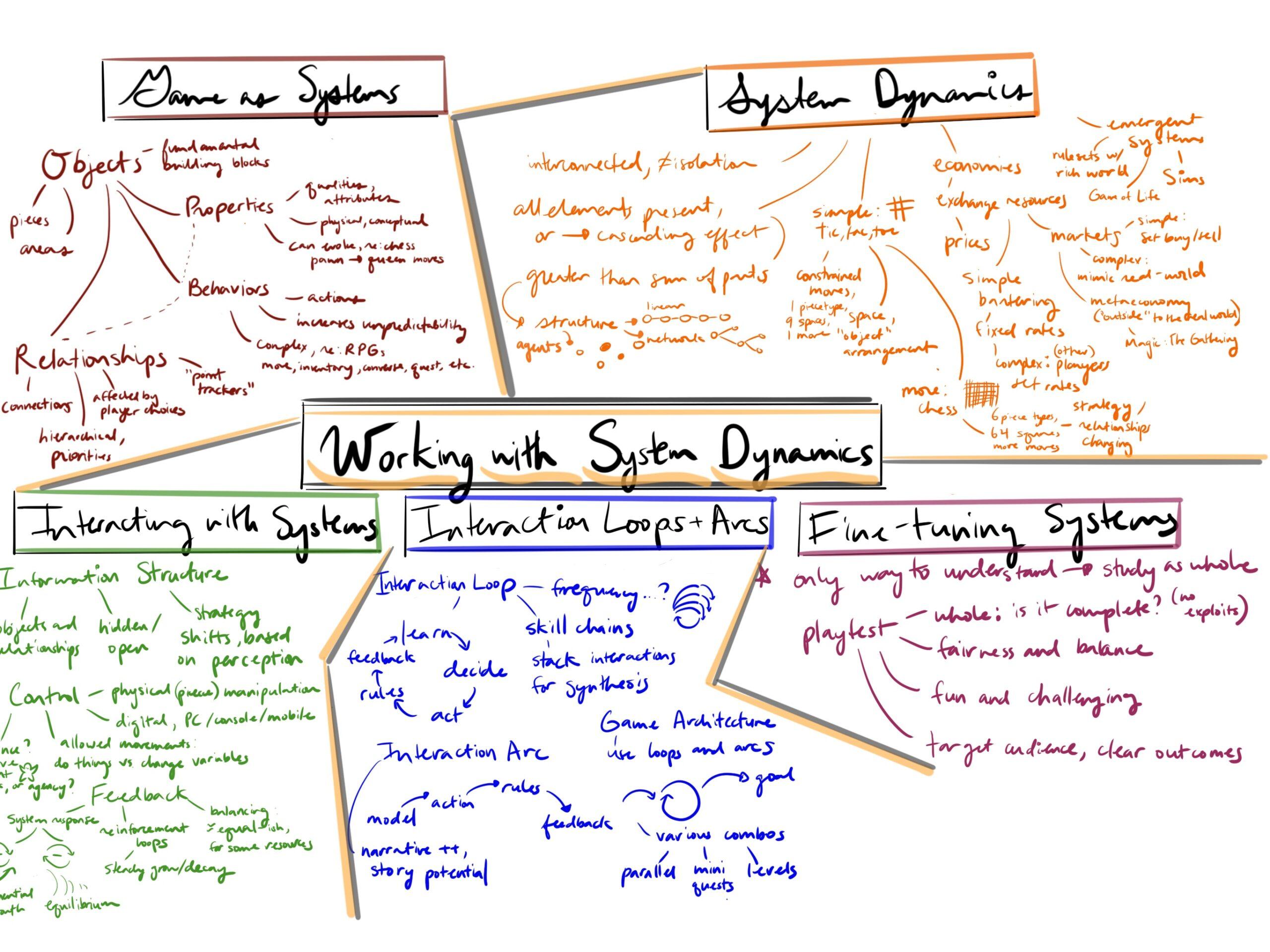
In our game Overgrowth, players act as urban planners working together to create a sustainable city (defined by ratio of trees to people) from a “greenfield” forested patch of land, while pushing back against environmentally unsound corporate encroachment and day-to-day events.
We have several core values and interactions rooted in ecological concepts to encourage players to be in the mindset of sustainable urban planning:
- Players are repeatedly tasked with creating and maintaining a healthy ratio of CO2 consumers (trees) and CO2 producers (townspeople), through growing and cutting trees for the houses, while making sure the number never gets too high (fire risk) or too low (automatic game over). In real life, that ratio is 1 person to 7+ trees, but like Matt Leacock, we are still prioritizing fun and ease of use when playing.
- Likewise, a core interaction loop / skill chain involves trying to make contiguous patches of trees and houses for additional bonuses and to reduce fire risk. This links to the learning outcome of how ideal cities will reduce habitat fragmentation and improve natural corridors for wildlife.
- We are working in a “corporate management” parallel loop where you can protest to reduce the encroachment of corporations on the game board / city, and with enough actions, achieve a narrative arc of successfully driving out the corporation. While this is an idealistic view of grassroots advocacy, we want our players to model the behavior of protesting for local development.
- Lastly, we are working in an “end-game” arc when the sustainable ratio is reached and maintained for several rounds (the city withstands several fire and random event card checks).

